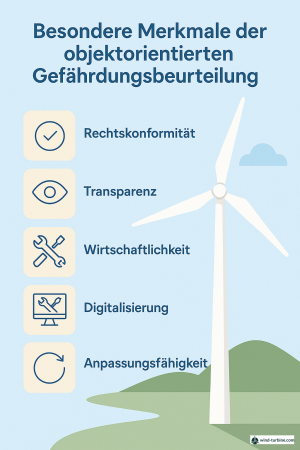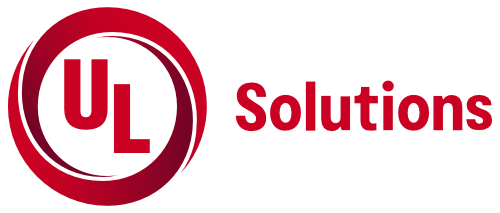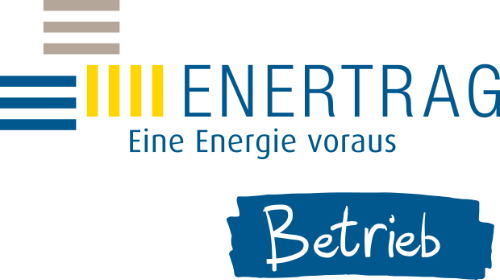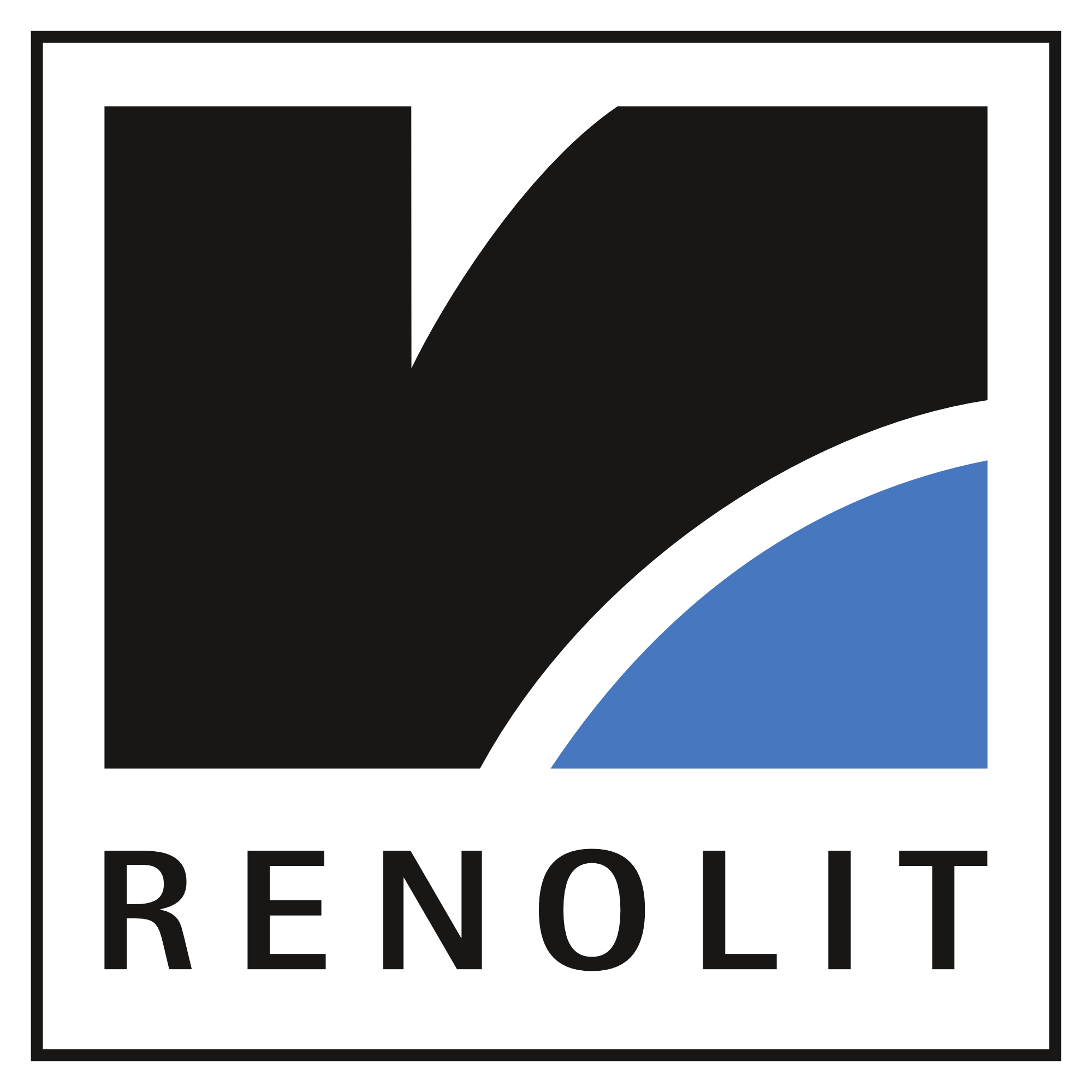The risk assessment (GBU) is a central instrument for ensuring occupational safety in the operation of wind turbines. Modern, object-oriented approaches enable a structured, digital recording of all hazards and measures per plant component – efficiently, legally compliant and easy to update. In this way, safety is systematically and sustainably integrated into everyday operations. In the following text, operators of wind farms will find further information on the implementation and the specific requirements of a GBU.
What is a risk assessment (GBU)?
The
Risk assessment (GBU) in the wind industry is a central element in the
occupational health and safety and serves the systematic identification, evaluation and
Reduction of hazards to which employees are exposed during their work
are. For operators of wind turbines, the GBU is required by law
and part of the security concept within the framework of the
Ordinance on Industrial Safety and Health (BetrSichV).
In contrast to the
purely technical examination of the stability of a wind turbine, the aim of the
GBU focuses on the safety of the people who work with the wind turbine in question – be it
during maintenance, repair or dismantling.
What are the typical contents of a risk assessment (GBU)?
A GBU must
can be created individually for each wind turbine or its components. They
based on the specific conditions on site, the
work equipment and the activities of the employees. Typical contents are:
- Description of the work areas and
Operations
- Identification of hazards, e.g. due to falls, electrical
Electricity, moving parts, confined spaces, weather conditions
- Assessment of the risk (frequency, severity of possible consequences)
- Determination of protective measures, e.g. personal protective equipment
(PPE), technical safeguards, organisational measures
- Derivation of inspection deadlines for safety-relevant facilities
(e.g. PPE, electrical systems)
- Emergency and rescue plans
- Documentation and regular
Revision, at least
annually or in the event of significant changes
According to BWE,
Test cycles for safety-relevant components such as fall arrest devices,
pressure vessels or fire extinguishing equipment and are part of the
Risk assessment.
What happens specifically in the event of damage to the wind farm?
Despite high
Safety standards can be used for almost 30,000 wind turbines in Germany
damage events cannot be completely ruled out. The root cause analysis
is then carried out by employers' liability insurance associations, experts or insurance companies.
Depending on the nature of the event – e.g. personal injury, fire or mechanical
Failure – will:
- Causes analyzed
- Components of comparable systems
checks
- Vulnerabilities documented
- Risk mitigation measures derived
These findings
flow into the further development of technical standards and into future
risk assessments. Operators are obliged to make use of such
events and to take appropriate preventive measures.
What is Object-Oriented Risk Assessment ?
An innovative approach
in the wind industry, the so-called object-oriented
Risk assessment. In this process, the classic GBU is digitized and converted into
an object-related, systematic structure . The basis of this
The procedure is to divide the wind turbine into individual
"Objects" such as:
- Tower
- Gondola
- Ascent systems
- electrical system
- Personal protective equipment
To each object
relevant hazards, protective measures, test specifications and responsibilities in
in a database.
Advantages of object-oriented risk assessment:
- Compliance: The object-oriented GBU fulfils the
requirements of the Industrial Safety Ordinance and the
Occupational Health and Safety Act.
- Transparency: Hazards and protective measures are
Structured and traceable at any time.
- Economy: Synergies through standardized content
and easy copying to identical systems.
- Digitisation: Simplified maintenance, evaluation and
Disclosure of GBU data.
- Adaptability: The object-oriented structure
makes it easier to update technical or organizational
Changes.
A central aspect
the assignment of inspection and maintenance obligations is also directly
to the respective objects. This not only makes documentation easier,
but also improves safety through clear responsibilities.
Other providers also provide a similar form of
systematic, object-based risk assessment without having to
the focus is on the classic PDF report. Rather, the
information is dynamically maintained and continuously updated in order to ensure that the
short-term events or maintenance measures always up to date
.
Result
The
Risk assessment is an indispensable tool for ensuring
occupational safety in the operation of wind turbines. Modern concepts such as
the object-oriented GBU help to make this process more efficient,
more transparent and secure. They create the basis for a
predictive maintenance, clear responsibilities and a sustainable
Safety culture in the wind industry.




















